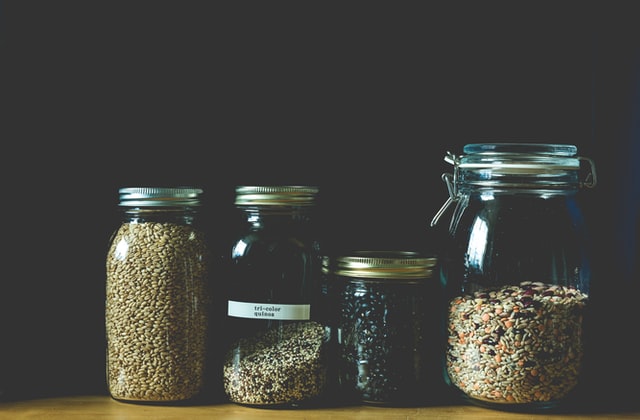Quinoa is a gluten-free grain. It is a light form of starch that contains complex carbohydrates and several essential amino acids. Quinoa is low in fat and calories, and also contains iron and calcium. Can dogs eat quinoa?
Is quinoa healthy?
Of course it is!
Let’s look at its nutritional distribution …
Although this may change depending on the quinoa variety, on average 100 g quinoa should contain:
- Calories – 372
- Riboflavin – 0.23 grams
- Thiamine – 0.24 grams
- Niacin – 1.4 grams
- Fat – 4.9 grams
- Iron – 8.5 milligrams
- Protein – 11.5 grams
- Calcium – 66 milligrams
- Carbohydrates – 71.2 grams
In addition, it contains all ten amino acids that dogs need.
Is quinoa toxic to dogs?
Quinoa is not toxic to dogs, but it can cause severe digestive disorders if fed uncooked, so always give her quinoa after cooking.

How to prepare quinoa quinoa?
Always rinse quinoa thoroughly before preparing it. Add one part quinoa to two parts liquid and bring to the boil. Reduce heat to low and cook covered until the liquid is absorbed.
Although most often cooked in water for quinoa with a neutral taste, which can be used for various purposes, sometimes I cook it in vegetable broth (or broth of my choice) to get a fuller taste of a spicy dish. Keep in mind that most broth bought in the store is high in sodium and would not be the best for dogs. I also cook in almond milk (you can replace your favorite milk) with a richer, sweeter breakfast dish. I offer my families supplements such as agave syrup, raisins, bananas and almonds for an energetic start to the day. Whether it is cooked in water, in homemade broth (low sodium) or in milk, I usually make a large portion to be able to use here and there a drawer in our dog food, scoops in my lunch or quick salad starters for a children’s meal. It’s great to have in the fridge at hand.
Remember
- Give a small amount to check if their stomach is correct.
- In dogs with arthritis inflammation may occur. Otherwise, quinoa is a healthy snack.
- Remember to wash it before cooking.
- Quinoa is nutrient-rich, but it cannot replace meat-based protein in high-quality dog food.











